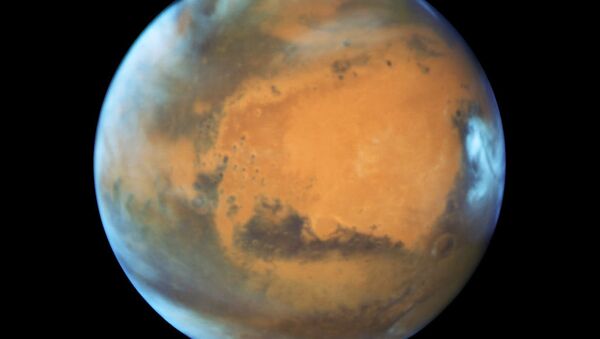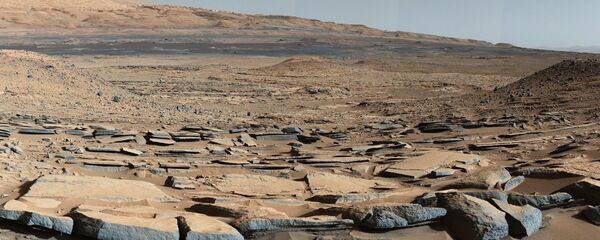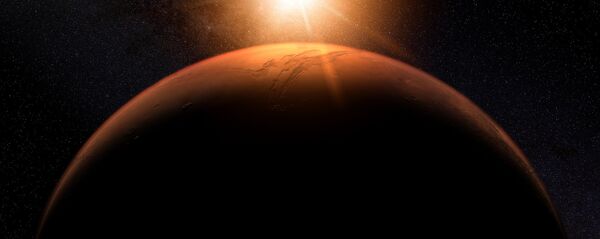The first image taken through a camera dust cover showed black spots on a grainy red background. On Saturday, NASA revealed the first ever audio samples of winds blowing on the Red Planet. Unlike past Mars rovers, InSight will stay in one position from which the spacecraft will deploy a seismograph on the surface to measure so called "Marsquakes" and a drill designed to penetrate the surface to a depth of 10-to-16 feet.
Sputnik spoke to Dr. Jim Green from Planetary Science Division Director of NASA and to Avi Loeb, chairman of the astronomy department at Harvard University for more insight on the issue.
Dr. Jim Green: InSight was the 12th selection in NASA's series of Discovery-class missions. The compelling value of this investigation is evidenced by the evaluation of the review team, which found no major weaknesses in science merit or science implementation, and low implementation risk.
Sputnik: The primary objectives of the project were to explore the composition of Mars and its tectonic activity. How successfully will these studies be completed? How useful are they for further exploration of the red planet?
Dr. Jim Green: The InSight Mission is a single geophysical lander that will operate on the surface of Mars to study its deep interior using seismic and heat flow measurements.
The InSight mission addresses the “Mars Geophysical Network” recommended by the most recent National Academies decadal survey — Vision and Voyages for Planetary Science in the Decade 2013-2022. The mission is designed to operate one Mars year.
Sputnik: The estimated cost of the mission is almost half a billion US dollars. Is it possible to cut costs in the near future? How soon will these expeditions become more frequent?
Dr. Jim Green: We are always looking for ways to reduce cost. It is important to note that each Mars mission has specific science objectives resulting in a wide variation of costs. Access to Mars (launch windows) occurs only every 26 months.
Sputnik: The spacecraft was launched on May 5, 2018 and landed on November 26, 2018. It took almost half a year to get to Mars. Could such expeditions reach Mars faster in the near future?
Dr. Jim Green: Currently we use Kepler’s laws to go from one planet to another. In the future we are developing Solar Electric Propulsion (SEP) that would reduce that transfer time.
Our first science mission that used SEP was the Dawn mission to the asteroid belts. Dawn visited the two largest asteroids Ceres and Vesta and was highly successful.
Sputnik: Will these studies have an impact on the development of the Mars program, or even future colonization of the planet? When will the first man land on Mars?
Dr. Jim Green: It is expected that the first humans to touch down on the surface of Mars will occur in the late 2030s or early 2040s. It is also expected that these missions will use some form of SEP.
My guess is that the first humans to go to Mars will resemble the pioneers of the wild west and contemplate a one way trip that might end their life. After a few years on Mars, one in ten cells in a human brain will be damaged by cosmic rays. It is very difficult to shield humans against cosmic rays (as walls produce showers of secondary particles that cause even more damage).
Altogether, it is unclear whether humans are suitable for long stays in space without the protection of the Earth's magnetic field.
Views and opinions expressed in this article are those of the speakers and do not necessarily reflect those of Sputnik.




